Until 1995, the familiar chug-chug-chug of steam locomotives hustling along the Indian railway lines was a regular sound to many.
While aficionados of steam locomotives can still hop onto the Darjeeling Himalayan Railway (DHR) and Nilgiri Mountain Railway (NMR) to experience the thrill of this heritage form of transport, the rest of the Indian railway scene has undergone a radical transformation. A fleet of diesel engines has replaced the steam ones through the years, marking an end to an era.
But, even after the steam engines were phased out, Kishore Pratim Biswas, a Kolkata-born artist, wasn’t ready to part with these memories. Born in 1971 in Kolkata, he’d spent his years growing up watching the steam locomotives. Rides on the engine would often be accompanied by tales narrated by his uncle who was a locomotive driver.
“Sometimes I rode in the engine with the motorman,” he smiles. “It was a remarkable experience. I got to witness how they work in close quarters. The engine used to be very hot and they had to spend a lot of time in it and yet they kept a smiling face and never complained.”
Kishore graduated in Fine Arts from the Government College of Art & Craft, Kolkata, in 1996, but struggled with the dearth of opportunities in the city. In 2009, Kishore decided to move to Mumbai, which opened the doors to new opportunities. The contemporary artist cultivates a spirit of nostalgia through every project he undertakes and the ‘Indian Steam Locomotives’, a series he spent 25 years working on, is an ode to his craft.
Through the series, he creates an unmatched visual experience of the locos, the journey and the experience that was enjoyed by people of the ’70s.
History on wheels
Watching the white steam of the locos billowing against the black engine are some of Kishore’s fondest childhood memories. “It was a dramatic visual experience for me,” he shares, adding that when he had to take up his first art project, he wanted it to be an ode to this memory. Their “unusual character” was something he wanted to highlight.
Kishore explains, “The colours of the engine were mostly black and grey, while the body looked too muddy, dusty and unclean. But this gave its surface a unique look and lent the locomotives a distinct character. I have never found anything in the world as interesting as these trains.”
As the 42-year-old artist looks back on the last 15 years and the art series he has taken up, he says the journey has strengthened his unconventional thought process. It has also orchestrated his painting style, which has transitioned from watercolours to acrylics.
Elaborating on how he curated the locomotive series, Kishore says its inception was during his time in Kolkata. “I would visit the railway workshops in the city every morning to sketch the locomotives. I would spend almost five to six hours every day doing this.”
Breathing life into these sketches through watercolour, oil, pen and ink was a fulfilling process for Kishore. But the excitement came to an end one day in 1993 when Kishore watched the steam locos being dismantled.
“They were being scrapped as they were no longer being operational. It was a very shocking experience for me and I was left in tears,” he recalls. While Kishore returned to Mumbai to complete the series — this time from the memory of what he had seen — he decided to turn it into more than just a painting of the engines.
“I have captured the movement of people including the fireman, signalman, technical man, motorman and others working in the locomotive workshops. My paintings always have a deep expression of the characters, with dark, bearded faces sporting a red pagdi (turban) which looks very unusual,” he adds.
Here’s a chance for you to travel through time through these artworks by Kishore:
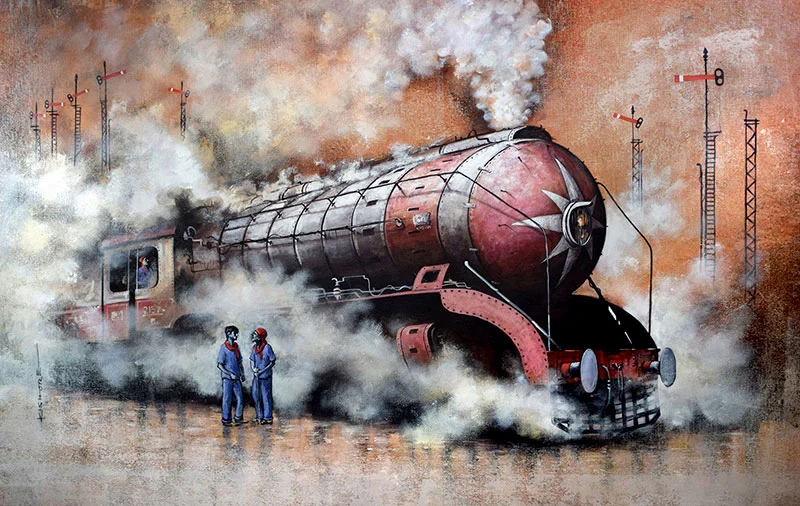
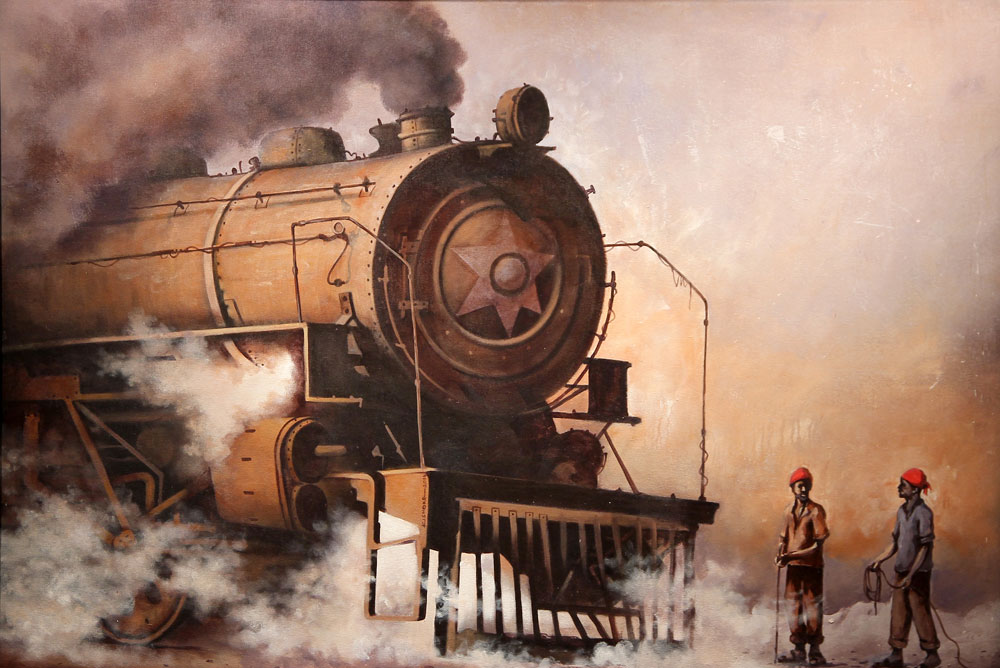
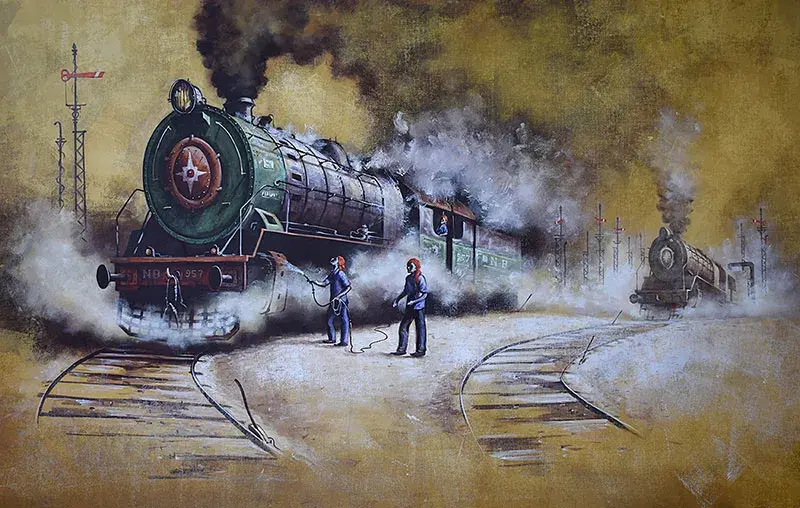
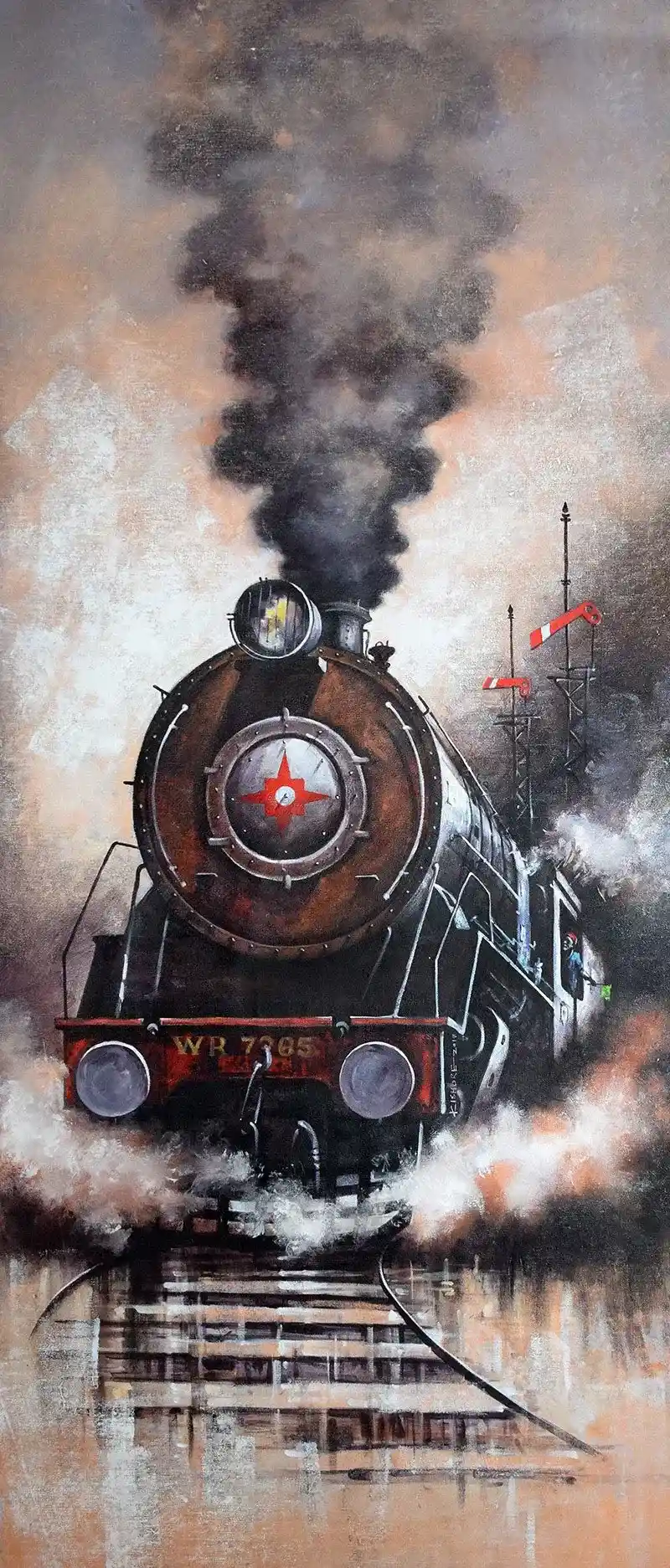
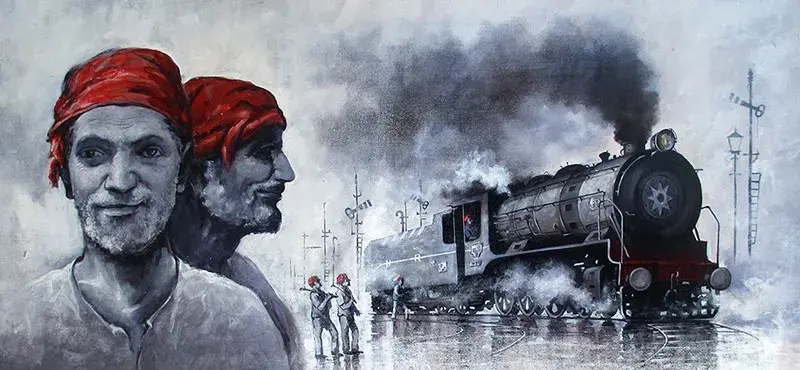
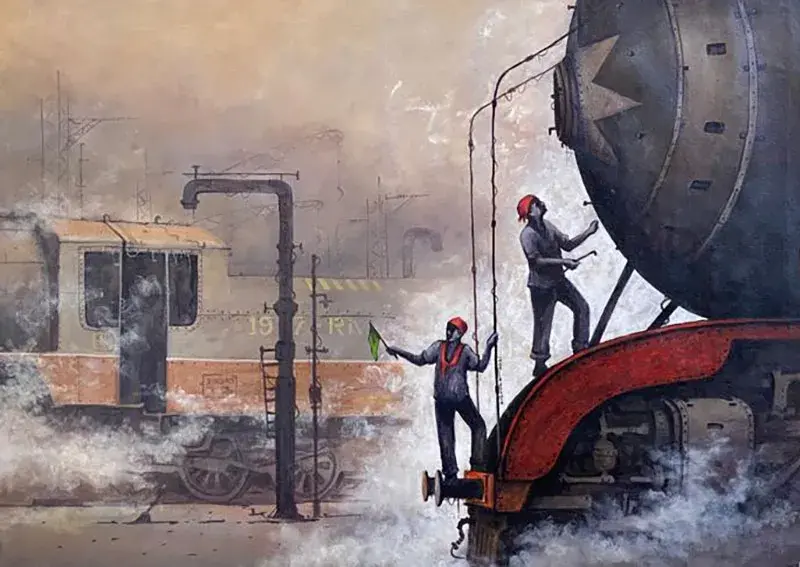
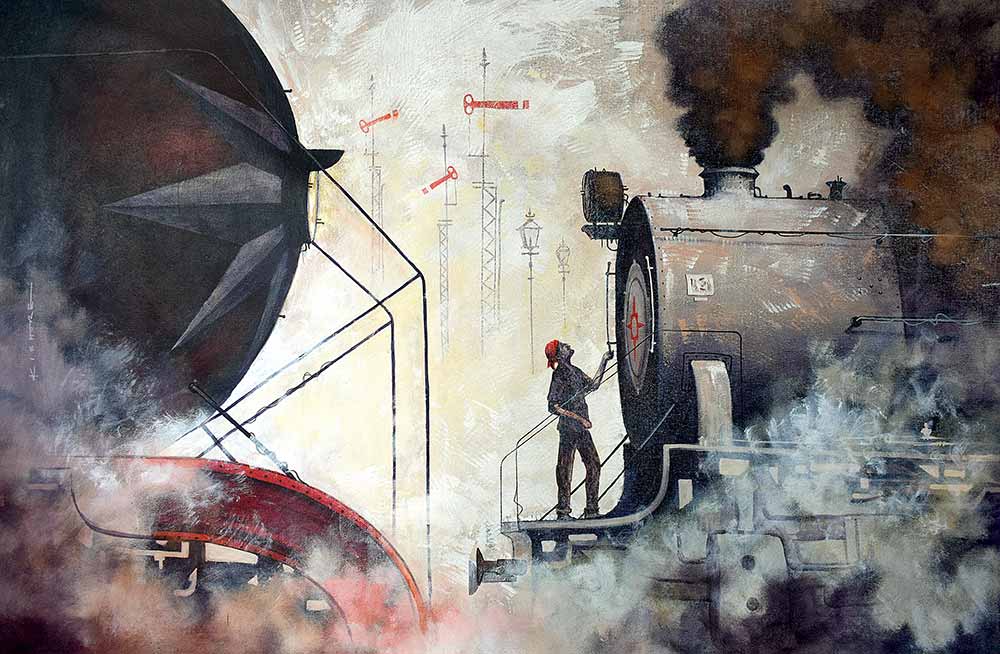
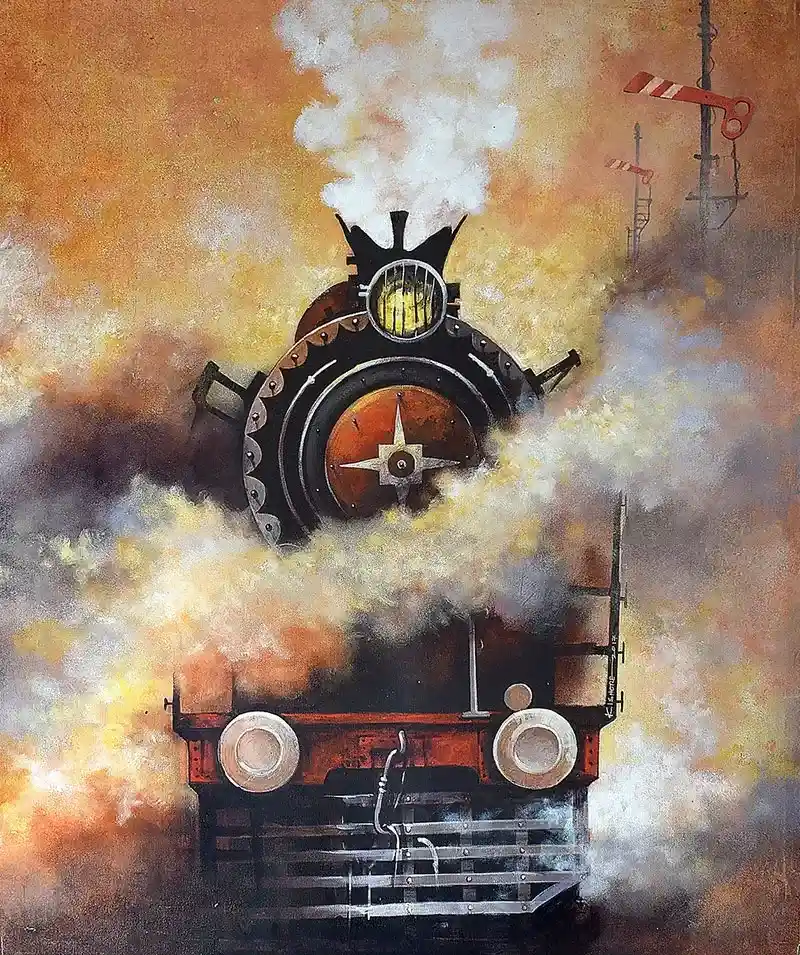
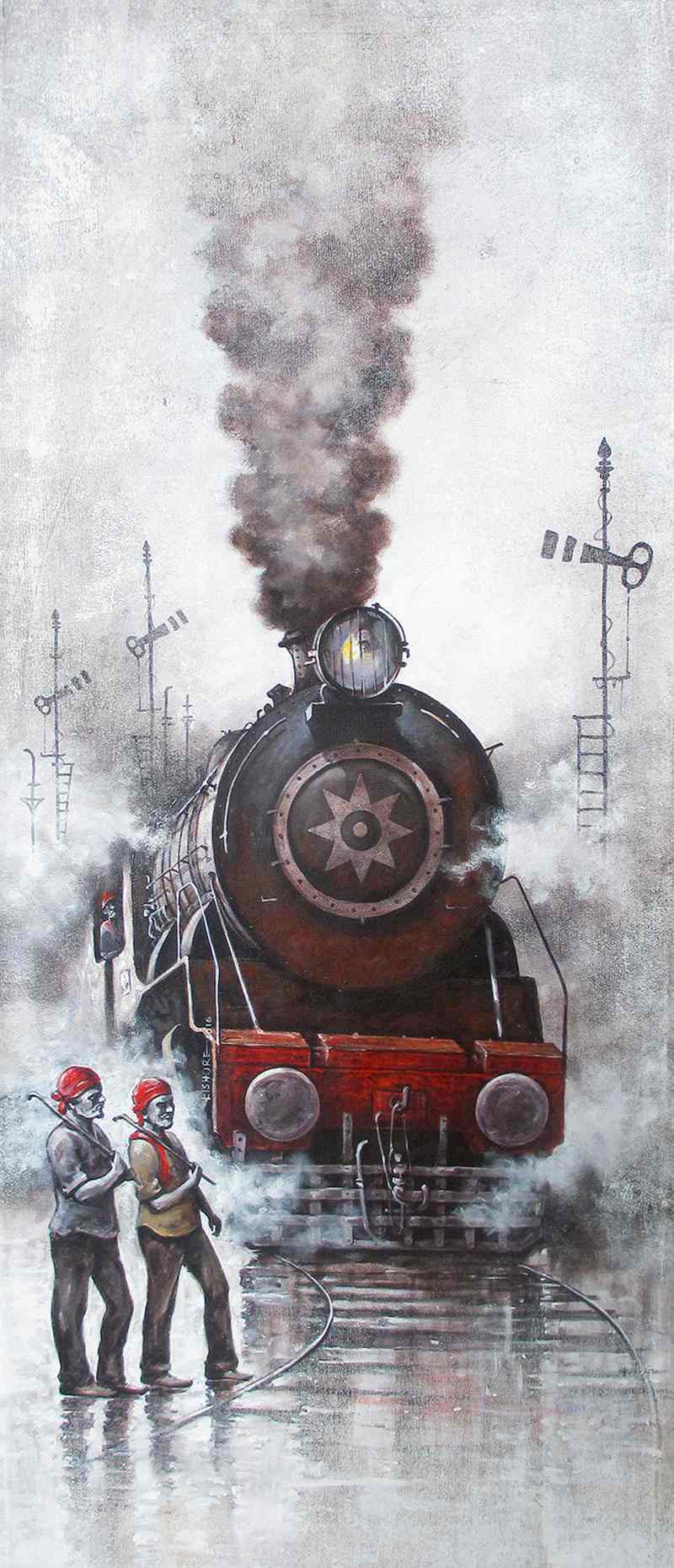
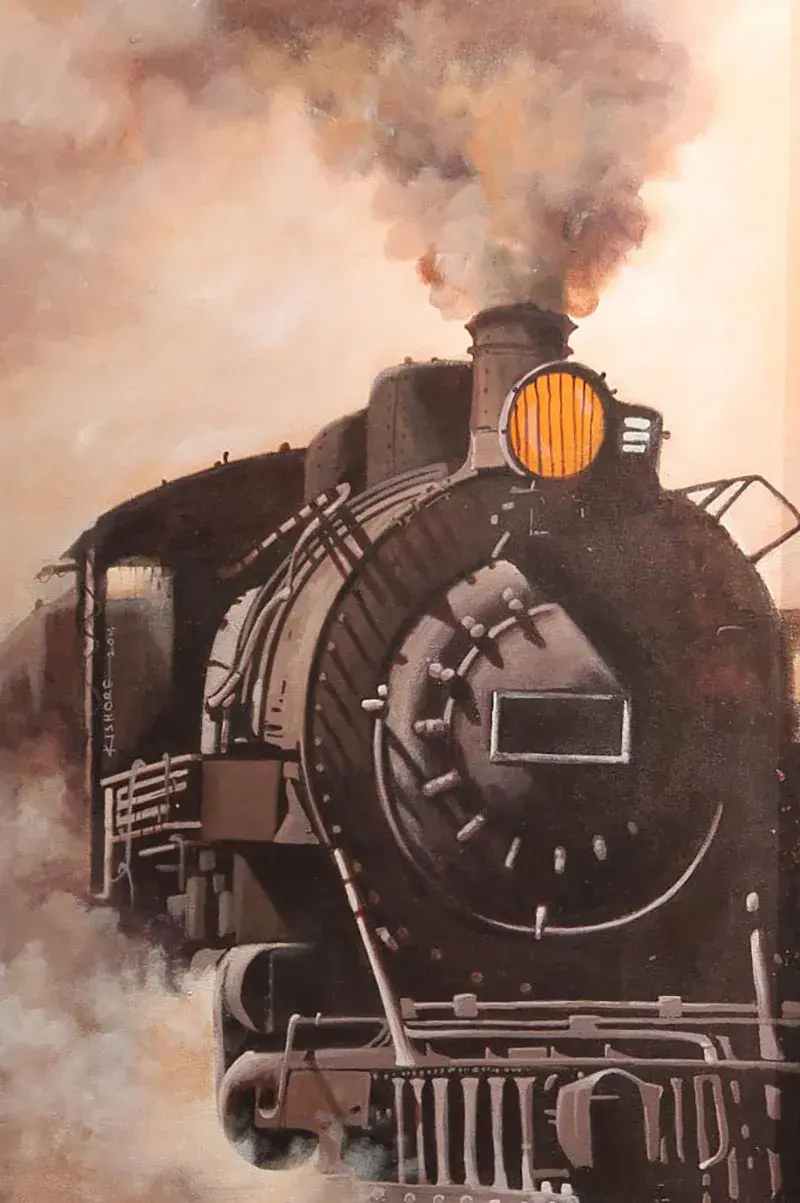
(Edited by Padmashree Pande)
No comments:
Post a Comment